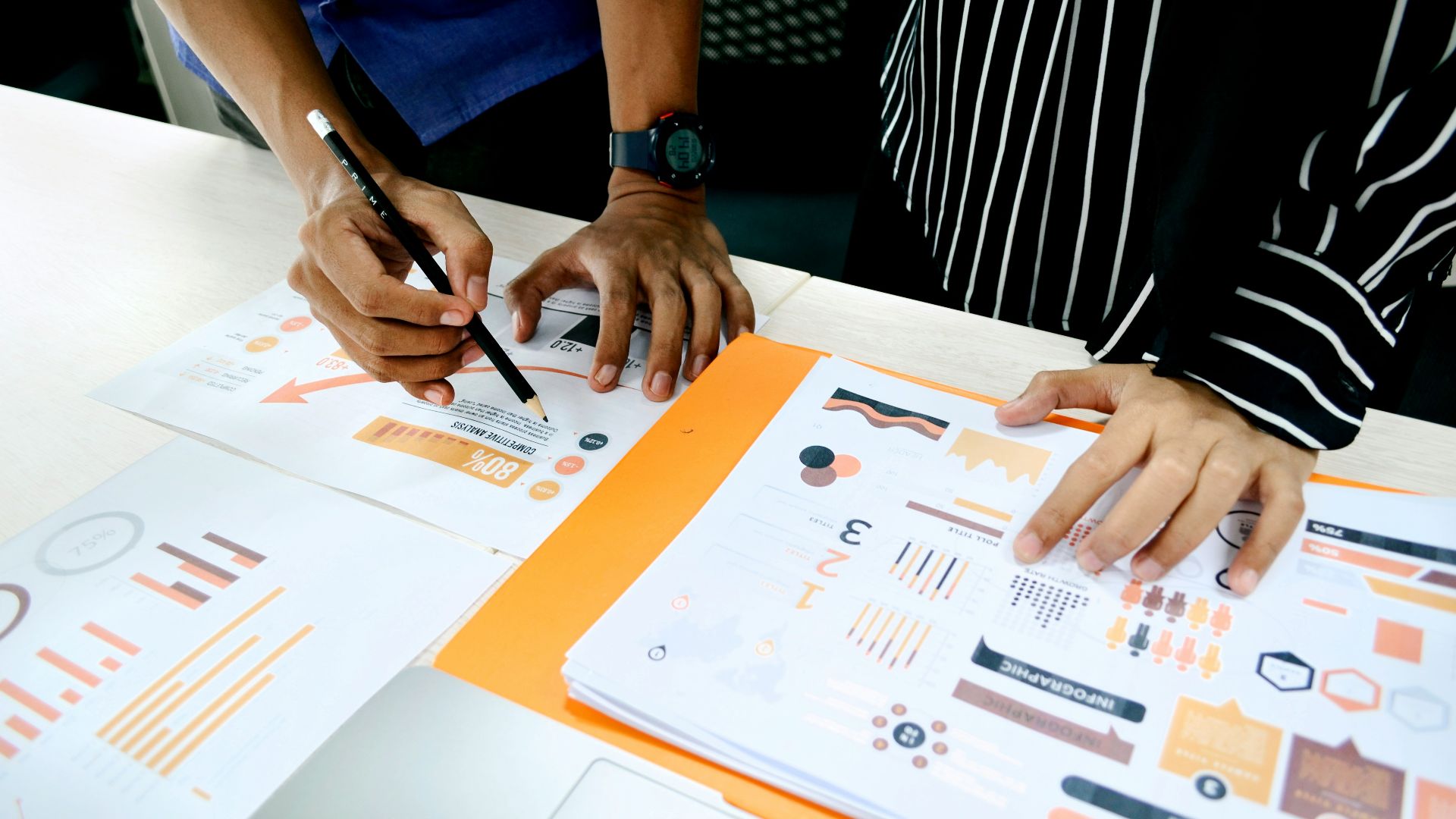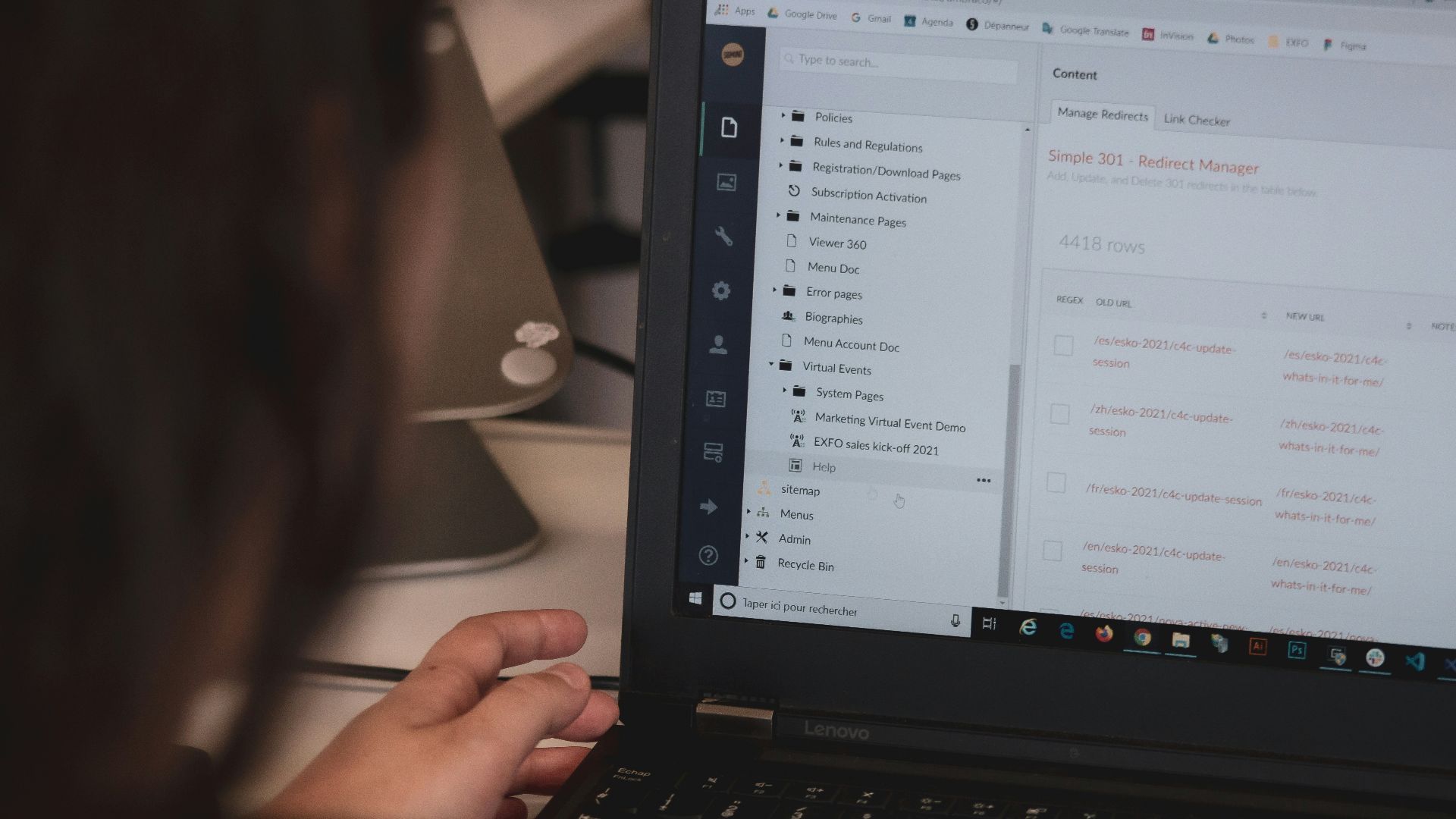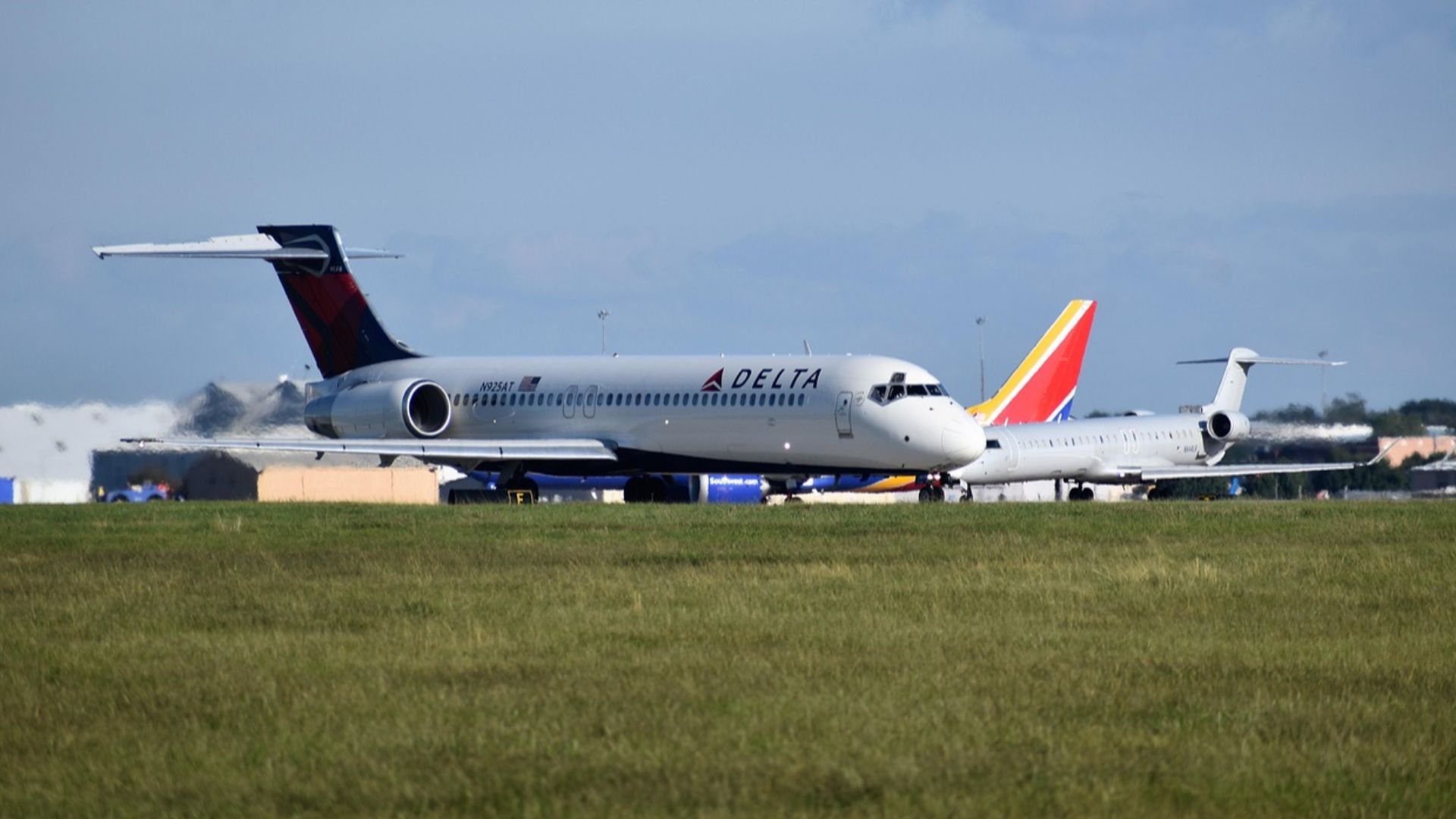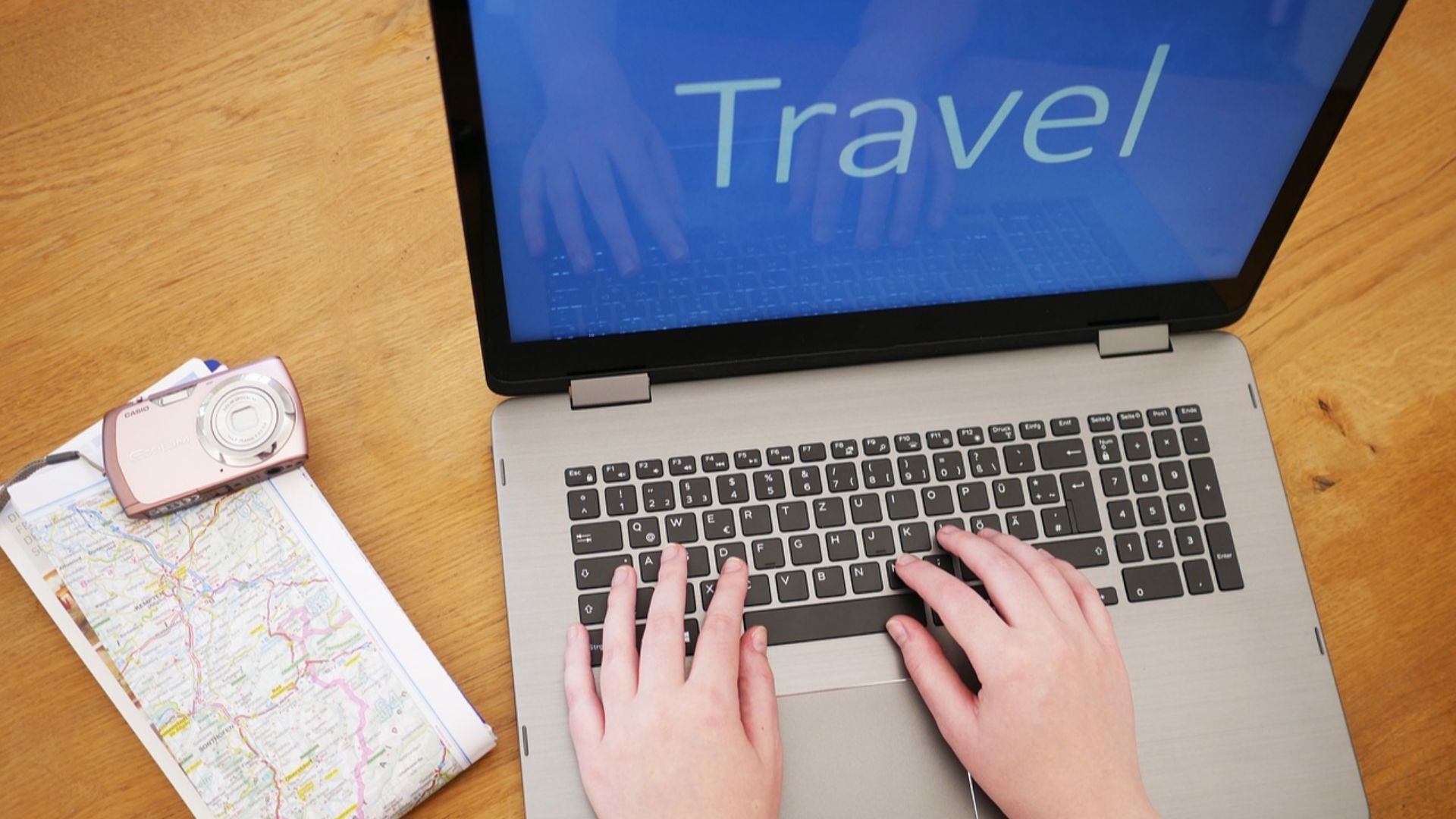The Cost of Your Email
Ever searched for a flight, only to see the price jump the next time you looked? Or wondered why your neighbor got tickets on the same flight for 20% less than you paid? You’re not imagining it. Airlines track more than you think—including clues hidden in your email address. Turns out, your inbox might be revealing more about you than you realize.
You Might Know “Dynamic Pricing” from Concert Tickets
You might be familiar with the term “dynamic pricing” from concert tickets—but airlines use the same trick. Fares shift constantly based on demand, timing, and even who’s shopping. It’s not random; it’s a calculated blend of math, marketing, and psychology.
How Airlines Use Dynamic Pricing
Every search you make adds a piece of data: where you’re searching from, what time it is, what device you’re on, and how often you’ve checked that route. The system studies your behavior and tweaks prices to push you toward booking before someone else does.
The Algorithms That Watch You Browse
Aviation experts say dynamic pricing lets airlines “deliver continuous offers that adapt to real-time conditions.” In plain English, the price you see depends on how interested the airline thinks you are. And yes, that assumption often comes straight from your digital trail.
Here’s Where Your Email Comes In
Here’s the twist: your email address is part of that same data web. It connects your loyalty accounts, booking history, and even your travel preferences. That’s why the same search might look slightly different when you’re logged in versus browsing as a guest.
Your Email Is More Than a Login
That simple address you use to book flights can say a lot. Whether it’s a long-used Gmail, a work address, or a new one, it helps airlines tag you as a certain type of traveler—and tailor what you see accordingly.
Loyalty Accounts Tell a Story
Most travelers log in with email-linked loyalty accounts. That gives airlines a peek into your flight history, favorite destinations, and booking frequency. The algorithm learns your habits—and what you’re likely to spend—before you even hit “search.”
“Shopping Data” Powers Price Changes
Airlines constantly tweak fares using what they call “shopping data.” One aviation analytics firm said it lets them “deliver continuous offers that adapt to real-time conditions.” In plain English: every search you make could subtly change the price you see next.
They Watch How You Click
A University of North Carolina study found airlines use “targeted discounts and auctions for upgraded services” by observing browsing patterns. Your clicks, hesitations, and returns to the same flight are all part of how they predict your willingness to pay.
Personal Data Drives Modern Pricing
Harvard Law researchers say companies “are increasingly harnessing personal data” to set prices, using your location, demographics, and browsing behavior. Your email ties much of that together. It’s not sinister—it’s how dynamic pricing keeps profits up.
Corporate Emails Can Backfire
Using a work email like “@company.com”? That could tag you as a business traveler—a group known for paying higher fares. A fresh personal address can make you look like a bargain hunter and sometimes unlock lower deals in the same search.
Your Region Matters Too
Email domains often hint at your region or language. Pair that with your IP location, and airlines can tell where you’re searching from. The same flight may cost less when booked through another country’s site—because markets get different pricing tiers.
Your Digital Fingerprint Tells All
Even if your email doesn’t singlehandedly change prices, it connects with your broader “digital fingerprint.” Cookies, devices, search history, and saved traveler details all add up—and the longer you search, the more confident the algorithm gets about your intent.
Email Promotions Aren’t Random
Ever notice a “special offer” for the exact trip you were researching? That’s not luck. A 2023 study found one airline used “affinity models” to send personalized route deals based on customer behavior. Your inbox isn’t guessing—it’s tracking.
 Stephen Phillips - Hostreviews.co.uk, Unsplash
Stephen Phillips - Hostreviews.co.uk, Unsplash
AI Now Flies the Pricing Plane
Artificial intelligence plays a huge role in modern fare setting. One 2025 analysis said AI tools help airlines “deliver customized price experiences and optimize revenue.” Translation: the system is constantly learning how travelers like you respond to price shifts.
Everyone Gets a Label
Once the data is in, algorithms sort you into categories: frequent flyer, casual traveler, or price-sensitive shopper. Each group sees slightly different offers or bundles. It’s not personal—it’s predictive. But it definitely affects what shows up on your screen.
The Return Visit Price Hike
If you’ve ever checked a flight twice and found it higher the second time, that’s not coincidence. Researchers say algorithms track repeat visits and may bump fares slightly for users who seem committed. It’s psychological pricing in action.
Convenience Comes at a Cost
Every time you save your seat, meal, or airport preference, you’re giving airlines more to work with. It’s convenient, sure—but it also makes your traveler profile more detailed, which helps systems fine-tune what you’re shown (and what you’re charged).
How to Trick the Algorithm (Legally)
Want to see what the “other you” would pay? Try using incognito mode, log out of your account, or use a different email. By resetting your digital profile, you can test whether your fares change for a clean, anonymous search.
Run Your Own Experiment
Travel hackers swear by this: search flights logged in, then again as a guest. You might find subtle fare differences or alternative bundles. It’s not guaranteed—but it’s a simple way to see how much personalization might be in play.
Even Your Device Plays a Role
A Harvard Law report noted that algorithms sometimes use device type to guess income level. “The algorithm thinks you’re rich,” the author joked. That shiny MacBook could quietly raise the fares you see compared to a low-cost Windows laptop.
Not Every Ticket Is Dynamic—Yet
Experts estimate only about one-quarter of airline tickets today are priced through full dynamic systems. That means most fares still follow standard rules—but with AI expanding, personalized pricing could soon become the norm across major carriers.
Airlines Insist They Don’t Target Individuals
After scrutiny from U.S. lawmakers, Delta said it “will not personalize fares using AI.” That doesn’t mean segmentation has stopped—it just means you’re grouped with travelers who behave similarly, not singled out personally. The line is blurry, but real.
Segments Still Shape What You See
Even without 1:1 pricing, grouping travelers by behavior changes what’s displayed. Logged-in users may see bundles or upgrades first, while new shoppers get lower base fares. You’re not seeing “all fares”—you’re seeing the version meant for your type.
Your Email Connects the Dots
Your email address ties everything together: bookings, points, preferences, and travel history. Airlines don’t need your full identity to know your patterns. That single address quietly links all your travel data into one readable customer profile.
The “New Account” Advantage
If you’ve used the same email for years, the system knows your habits. But a new account gives you a clean slate—and sometimes a lower starting fare. Frequent travelers often test new emails just to see if prices change.
Clearing Cookies Can Save You
Before your next search, clear cookies, switch browsers, or try a VPN. It removes tracking breadcrumbs and resets your browsing fingerprint. Some travelers report finding cheaper fares within minutes of doing this simple reset.
Knowing Is Half the Fare Battle
Understanding how data-driven pricing works doesn’t just save money—it changes how you shop. Instead of blaming “luck” for higher fares, you can outsmart the algorithm and get closer to the prices airlines only show to first-time searchers.
Your Inbox Has More Power Than You Think
Your email might look like just a login, but it’s really a signal in the pricing game. Airlines aren’t reading your messages—but they are reading your patterns. And knowing that puts you, finally, in the pilot’s seat.
You Might Also Like:
New Airport And Luggage Scams Travellers Need To Know About
Airlines Are Introducing New Policies For Plus-Sized Passengers In 2026


































